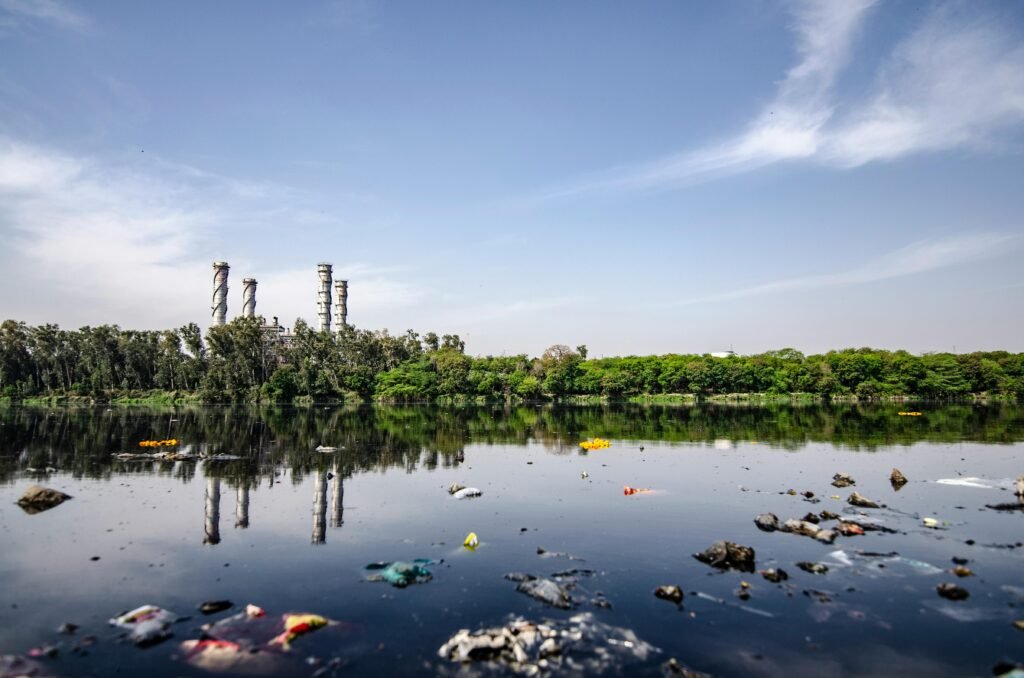In the era of environmental awareness, shoppers are conscious of their daily errands’ impact on the planet. A significant part of implementing sustainability into the brand value is ensuring transparency. This comes in the form of providing information about the product itself, its supply chain, and the lifestyle choices behind the brand’s logo.

Consumers who consider the environmental impact of their choices look for information. The more data that aligns with their beliefs, the easier it is for them to trust the brand. Many clothing brands that score popularity charts today practice environmental and social sustainability from design to doorstep in the product line. They do it through sustainable design, ethical materials sourcing, fair labor manufacturers, and slow growth.

With eco-conscious consumers on the rise, this type of business model is a solid alternative to fast fashion, and it leads to the growth of a successful fashion business nowadays. By the way, the fashion industry hasn’t always had such a negative impact on the environment. The trouble started in the late 1900s and early 2000s, along with the advancements in manufacturing technology, lowered international trade and labor barriers, and agricultural innovations. These factors made producing some fashion garments cheaper and quicker, giving way to fast fashion.

Today’s fashion consumers purchase 400% more items than two decades ago. The average American generates 82 pounds of textile waste yearly, meaning that most of this consumption is landfilled after only a few uses. The fashion industry is one of the world’s most polluting, environmentally damaging, and socially unethical. Low-cost, quick manufacturing processes disregard labor and human rights, environmental impact, and product quality.

The described business model doesn’t align with the modern, eco-obsessed consumer. This state of affairs allows eco-friendly brands to cater to current lifestyles and take the lead in the market. The new-wave fashion industry model prioritizes raw materials suppliers and manufacturing partners as equals. The supply chain becomes a network of partners rather than a hierarchy system. This approach incorporates sustainability into the design process to create products with less waste and eco-friendly materials; it creates products that last a lifetime, not one or two wears.